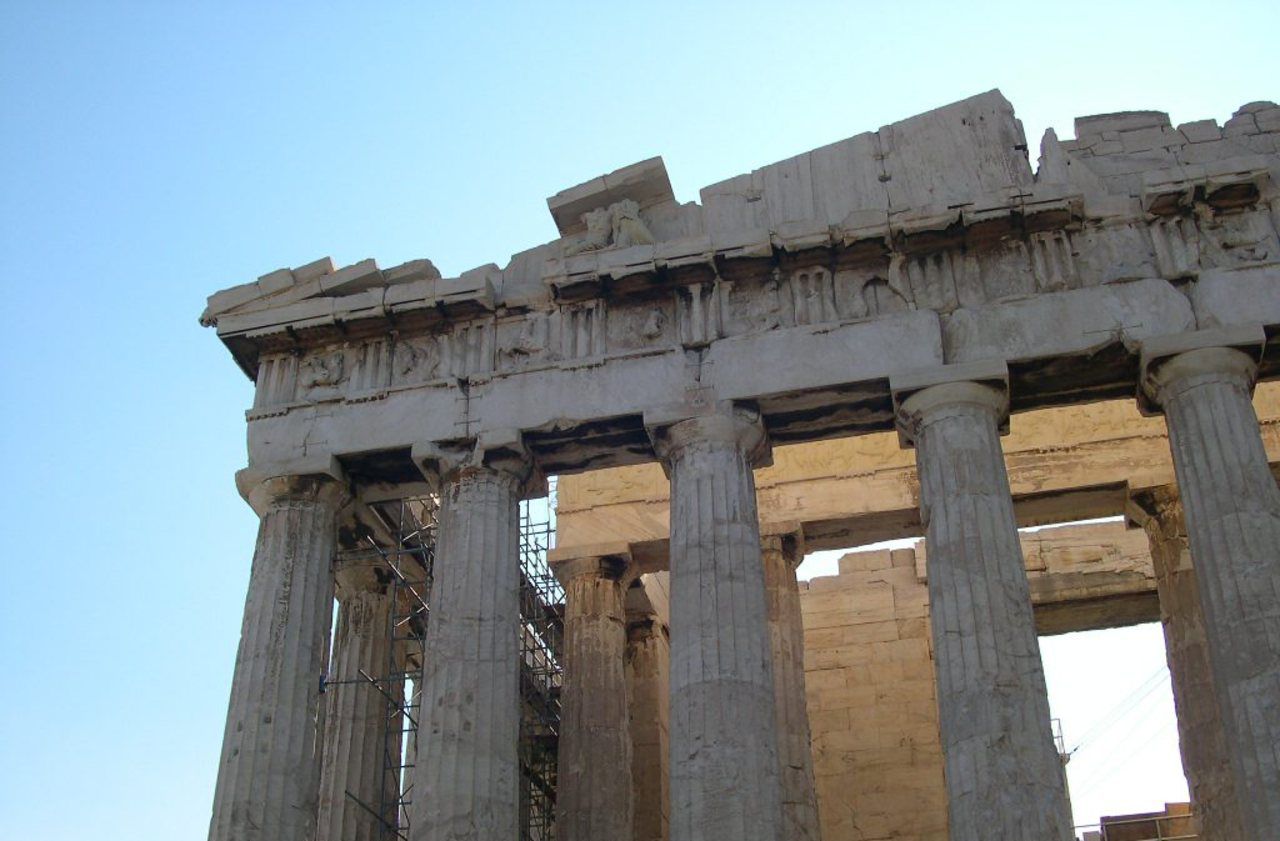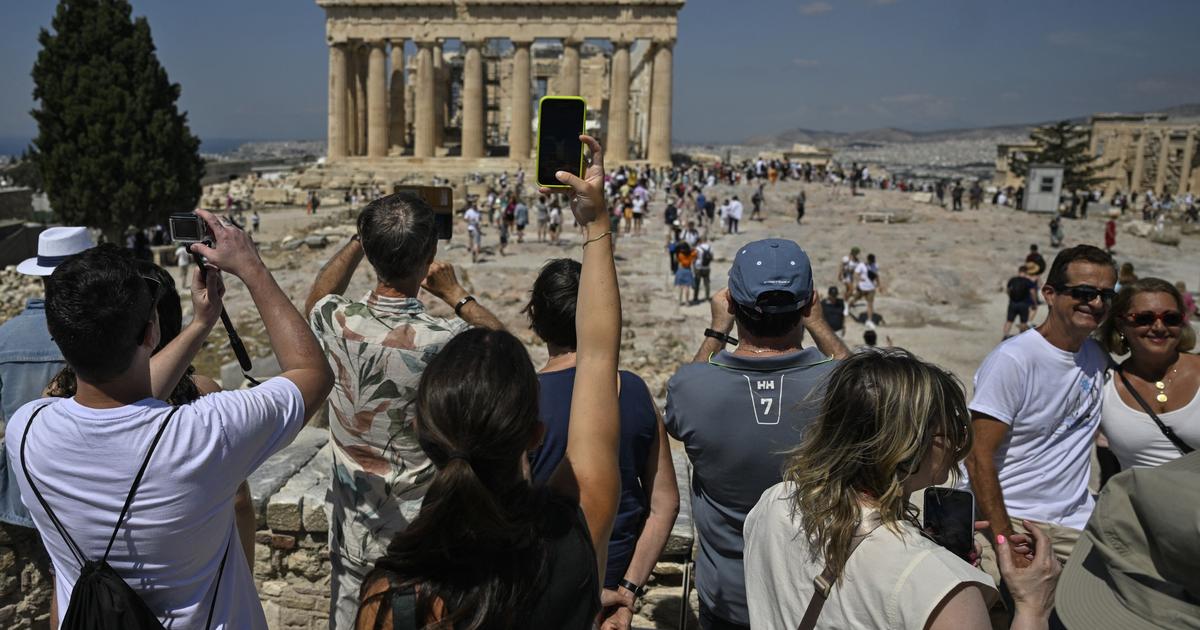Reinforced concrete on ancient rocks.
Since the end of last October, the summit of the sacred hill of Athens has plunged us back abruptly into the city of the 21st century: the paths leading visitors to the various monuments of the Acropolis (the Propylaea, the Parthenon, the Erechtheion) were covered with fresh cement.
In defiance of History, some accuse.
The decision of the Ministry of Culture makes archaeologists and historians of the country jump.
“A crime against the Acropolis!
Normally, we treat our monuments better than that ”, notably lamented Despina Koutsoumba, president of the association of archaeologists of Greece.
According to the Liberation investigation, the UN body in charge of heritage, which should have been warned upstream, also seems to have been faced with a fait accompli.
“My former colleagues told me to come and see what was happening on the Acropolis.
I had a real shock ”, confides in the daily Tasos Tanoulas, historian of architecture.
For forty years, he was the site's chief restorer.
“When I was leading the work, we did it by hand,” he recalls.
He is sorry, he attends restorations that he describes as "industrial", using "heavy machinery" which "damaged the premises".
Concrete supposed to facilitate the flow of tourists
Because according to him, the materials used would not respect the main criteria of conservation of ancient stones, whereas they are the witness of the past, in the same way as the monuments.
“The stones are covered.
Part of the understanding of our past is therefore also covered up, he further denounces.
Normally, when you restore a monument, you don't erase the evidence.
It is a massacre to cover this monument, these stones… ”
In the Greek newspaper Kathimerini, several architects criticize the use of concrete to make the place more accessible to the millions of tourists - 14.5 million over the past ten years - who tread this thousand-year-old site, in particular to people with reduced mobility.
On the northern side of the rock, a new elevator is also part of the landscape.
All to better absorb the flow of visitors and speed up the pace.
Already an injured wheelchair visitor
However, the usefulness of this work is far from obvious.
Worse, they could pose a problem: in places, the concrete paths are considered too steep to be really suitable for disabled people.
On April 18, a visitor in a wheelchair was even injured while falling.
The ride ended with eight stitches.
This scar on the face of the Acropolis could even have the opposite effect on tourism.
“In the vast majority of cases, the French don't just go to Athens when they go to Greece.
But the danger is that they will abandon the capital altogether, explains Eric Gautret, director of the Detours travel agency, a specialist in Greece for 30 years.
In summer, she's already run away because it's very hot, and it's very congested.
Mid-season, we have a more cultural, older clientele, who already often complain about the maintenance and management of historic Athenian sites.
"For him, Athens risks being" more than an airport hub ".
Read alsoThese cities that make Europe: the painful awakening of Athens
The architect Manolis Korrès, president of the committee for the restoration of the monuments of the Acropolis, defends the work he coordinated.
And takes it all: for him, concrete is "a material close to nature".
He refutes accusations of weathering the rock.
During a press conference in early April, the architect said he was "fully satisfied" with the result and invited the public to see it "with their own eyes" to judge, when the site is finished.
Manolis Korrès, an architect who is not unanimous
"For now, Korres has made only half of his plans: he wants to cover nearly all the rock"
,
warning Despina Koutsoumba. Hundreds of historians have also signed a petition calling for the work to be stopped. Especially since no call for tenders has been launched, according to a source within the administration of the Acropolis reported by Liberation.
"Let's wait, and let's go!
tempers with the Parisian the French archaeologist François Queyrel.
You would have to be there to really realize it.
The Greek press is more mixed: some architects have arguments which relativize the critics, in particular on the subject of reversibility.
It is quite possible to remove the coating if necessary.
And not everything is covered on the route, some traces of the past are preserved ”
"From my archaeologist's point of view, I have a favorable prejudice because the work is supervised by Manolis Korrès, who is really the best specialist and knows the site inside out, argues the author of" The Parthenon, a monument in History ”(Bartillat editions).
Obviously, you can always make mistakes, but I have confidence in his work.
"
He recalls that the stone, by dint of being trampled, also becomes smooth and dangerous. "Some places were already concreted for reasons of ease of access," he adds. This equipment is recent, and at first glance modernity is always shocking ”.









